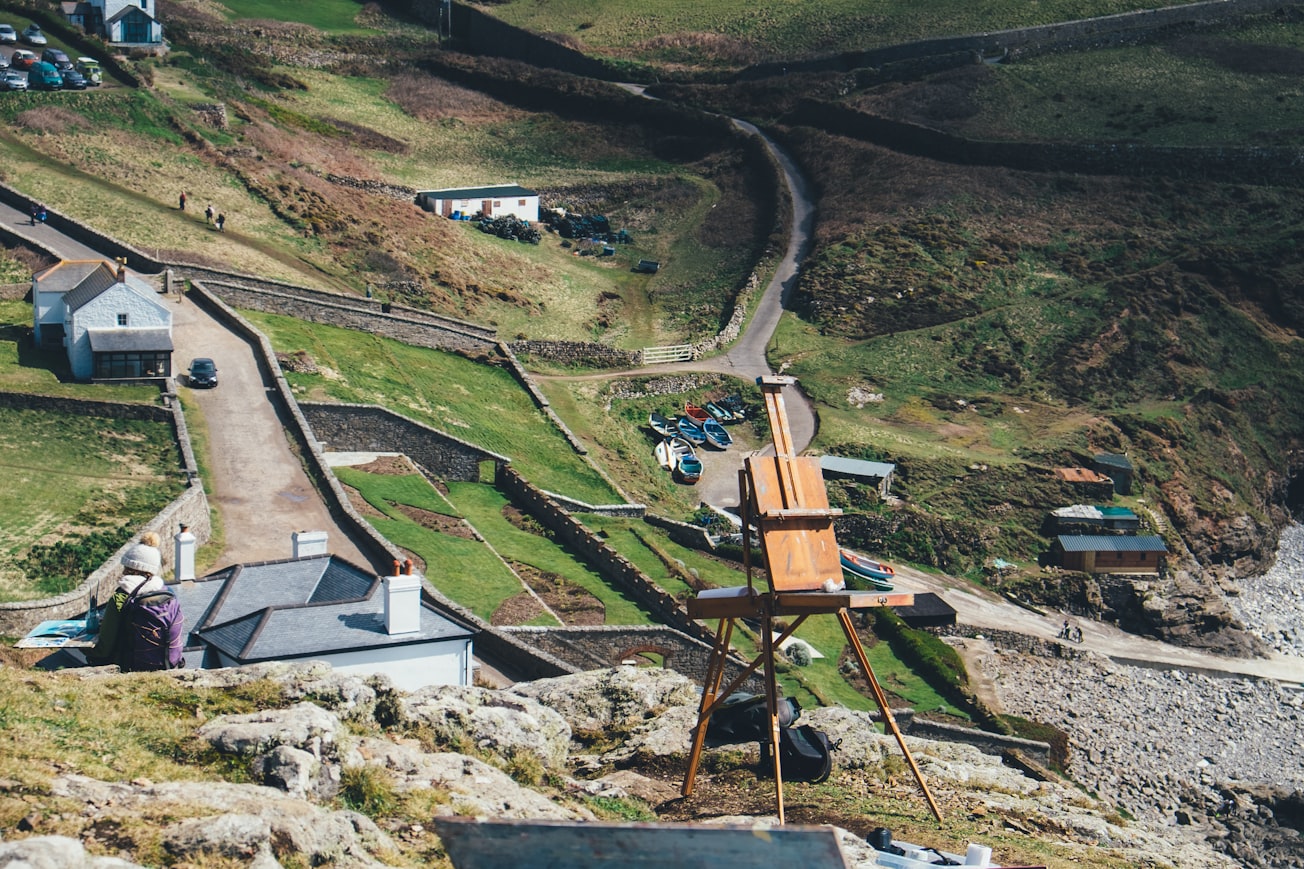What is it about?
We equipped some soil anchors for slope stabilization with a high-resolution distributed optical fiber sensing system (more precisely a commercial Optical Frequency-Domain Reflectometer, OBR4600 from Luna Inc.). In that way, we can monitor the state of the anchors and the evolution of tension along the anchors during their life.
Featured Image

Photo by Annie Spratt on Unsplash
Why is it important?
By integrating the distributed optical fiber sensors DFOS in the anchors we enable three levels of monitoring: 1) the DFOS can monitor the "healthy state" of the anchors (e.g. we were able to recognize an increased strain at the anchors' sections joints, due to a not perfect tighting); 2) the DFOS, integrated into the anchor, promotes the anchor as a soil sensor. In that way, we can infer where the slope starts to collapse, it's velocity and intensity, or the angle of friction (i.e. the presence of different kind of soil); 3) the DFOS provide information about the effectiveness/appropriateness of the remediation. For example, by determine the length for which the anchor is activated, it is possible to determine if the anchor length is adequate for the slope movement. We believe that this "multi-function" paradigm, yet it is here applied to a specific problem, is quite general and can be extended to other applications about DFOS-equipped strucutures.
Perspectives
This is a good example of a successful multidisciplinary approach where the photonic expert, the system integrator and the data analyst (civil engineers in this case) synergically cooperate to solve a problem. In this case all the steps of a typical applied research activity were carried out: modeling, lab tests and field tests.
Dr Luca Schenato
National Research Council Italy
Read the Original
This page is a summary of: Composite Anchors for Slope Stabilisation: Monitoring of their In-Situ Behaviour with Optical Fibre, Geosciences, May 2019, MDPI AG,
DOI: 10.3390/geosciences9050240.
You can read the full text:
Resources
Contributors
The following have contributed to this page







